For companies that place a high emphasis on accuracy and efficiency, increasing welding operations’ productivity is crucial. Welding procedures are now quicker and more precise thanks to the integration of welding positioners with gear motors. Together, these elements offer seamless workpiece control, enhancing weld quality and requiring less operator effort. The importance of gear motors in welding positioners and their role in increasing welding industry productivity are examined in this guide.
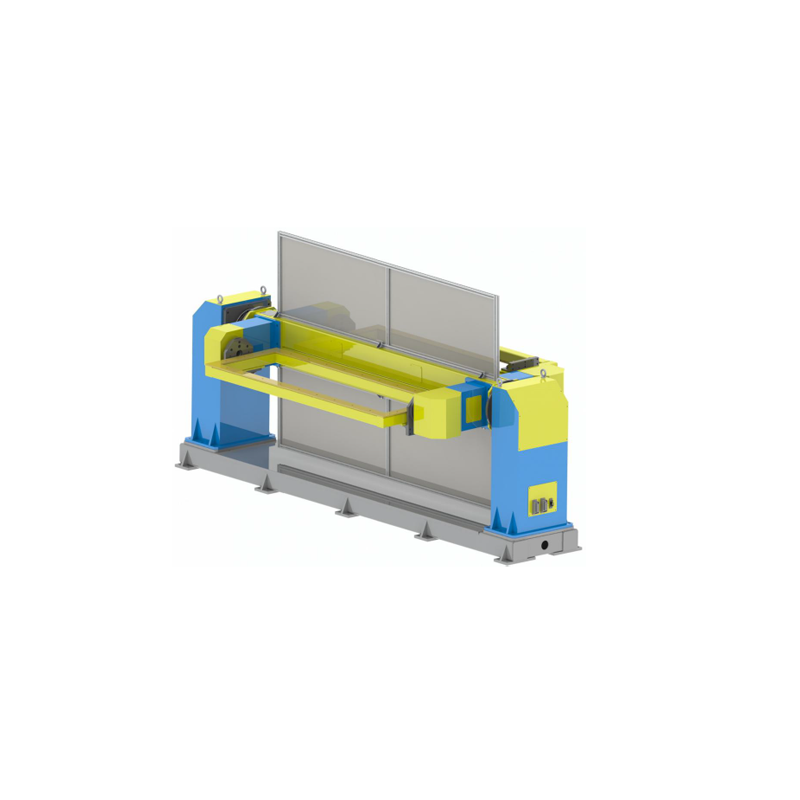
Recognizing the Function of Welding positioners
Important tools for holding and rotating workpieces during welding are welding positioners. They guarantee ideal placement for accurate welding in intricate geometries. When working with large, cylindrical pieces that are challenging to handle by hand, these positioners are very helpful. Welding positioners can now regulate rotation and positioning with unprecedented accuracy thanks to the integration of gear motors. Even with intricate projects or recurring manufacturing lines, this exact control is necessary to guarantee constant weld quality.
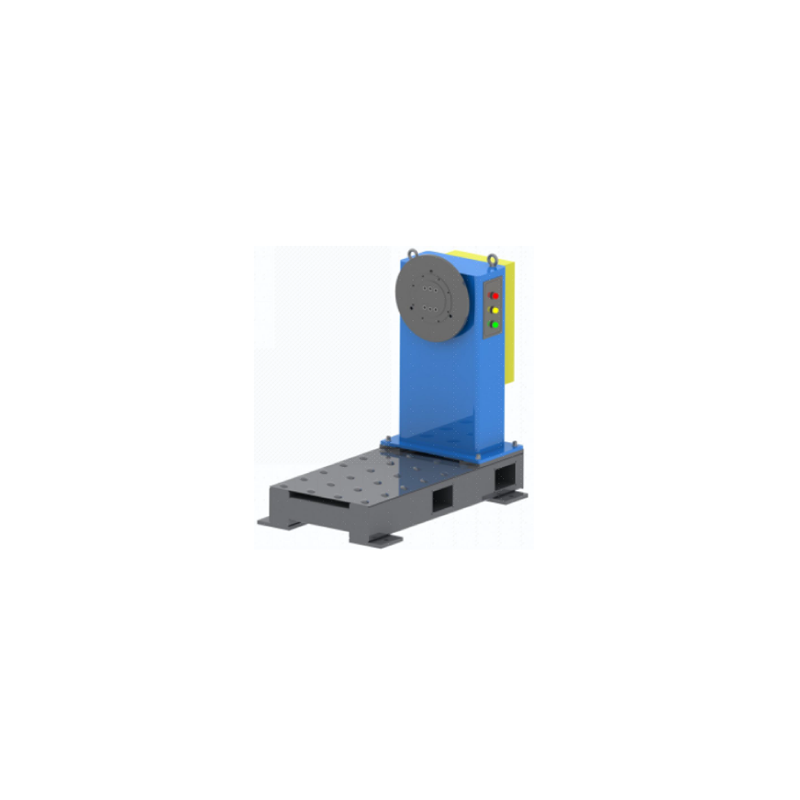
Gear motors’ function in welding positioners
The operation of welding positioners depends on gear motors. They provide the torque needed to retain and rotate the workpiece at a steady speed by converting electrical energy into rotational movement. Because gear motors maintain constant, smooth motion, this integration guarantees that welding robots or workers can complete welds with increased precision. Gear motors‘ constant rotation allows welding arcs to continuously reach all necessary angles, producing consistent weld quality throughout production.
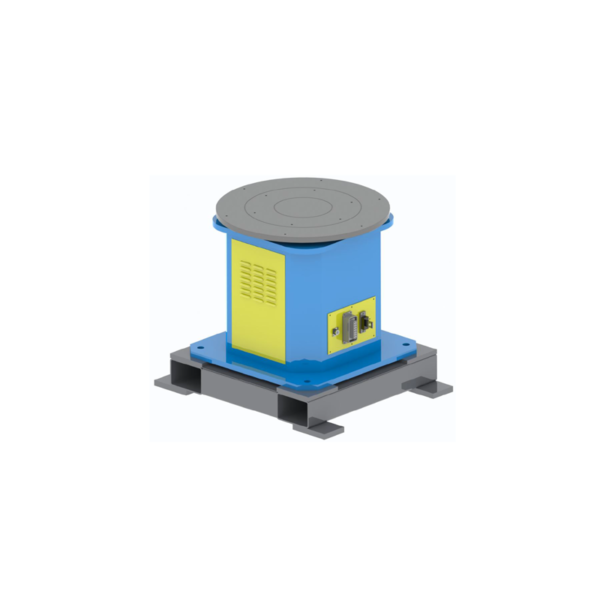
Improved Welding Control and Precision
Precision and control are improved by the use of gear motors in welding positioners. Gear motors aid in maintaining stability during rotation, lowering the possibility of weld irregularities whether utilizing a single-axis or multi-axis positioner. Gear motors allow the welder to concentrate on the welding process rather than continually correcting the workpiece by providing controlled movement. In sectors like aerospace and automotive, where weld quality has a direct bearing on performance and safety, this increased accuracy is extremely important.
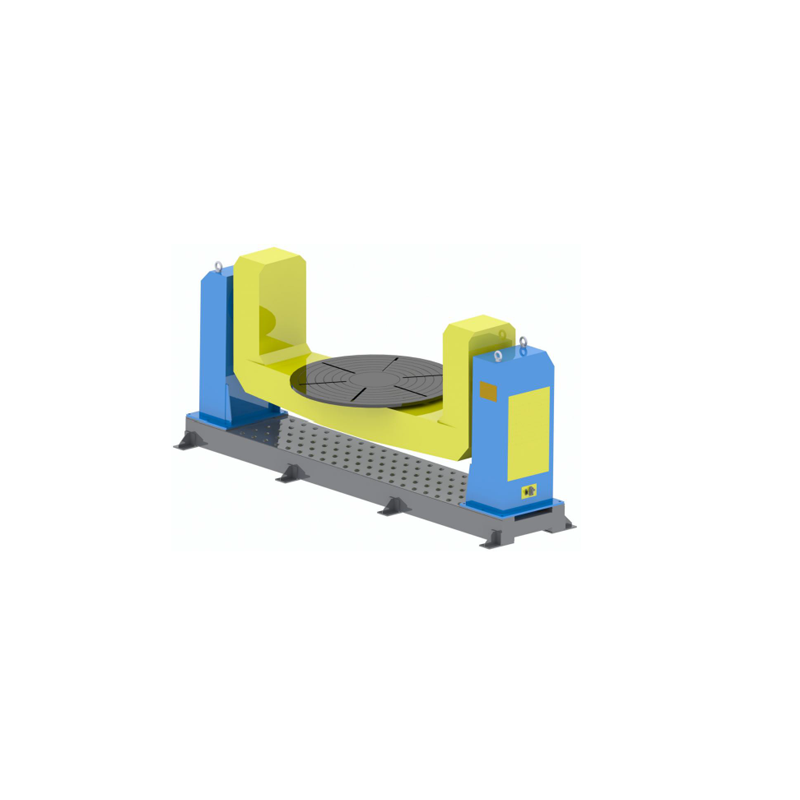
Using Automated Welding positioners to Increase Productivity
By facilitating automated welding, welding positioners with gear motors also provide notable productivity gains. By eliminating the need for manual handling, the ability to automate rotation and positioning minimizes downtime in between welds. The welding process may be optimized for optimal efficiency by using gear motors, which offer reliable and repeatable motions. Because welding jobs are finished more rapidly and precisely thanks to automation, businesses are better able to reach production goals by spending less time on rework or changes.
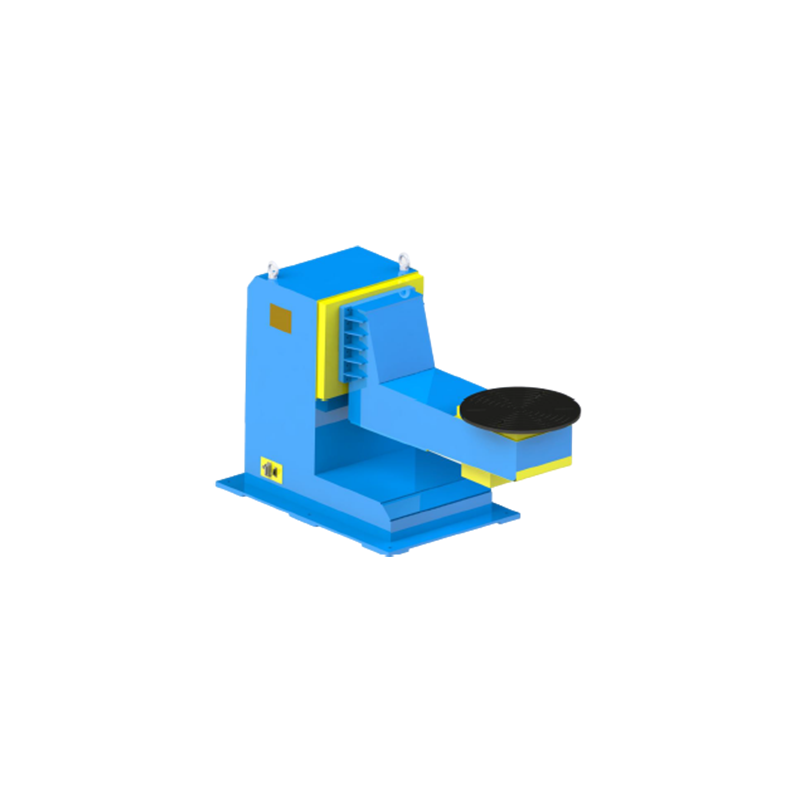
Uses in a Range of Industries
There are several industries that use welding positioners in conjunction with gear motors. Gear motors assist in maintaining the regulated rotation of huge parts in the construction of heavy machinery, allowing for exact welding even under difficult circumstances. The welding of pipes, tanks, and other cylindrical constructions is made easier in the pipeline and structural steel industries by welding positioners using gear motors. Regardless of the size or shape of the component, their adaptability makes them appropriate for practically every welding activity and offers a versatile solution that guarantees high-quality welds.
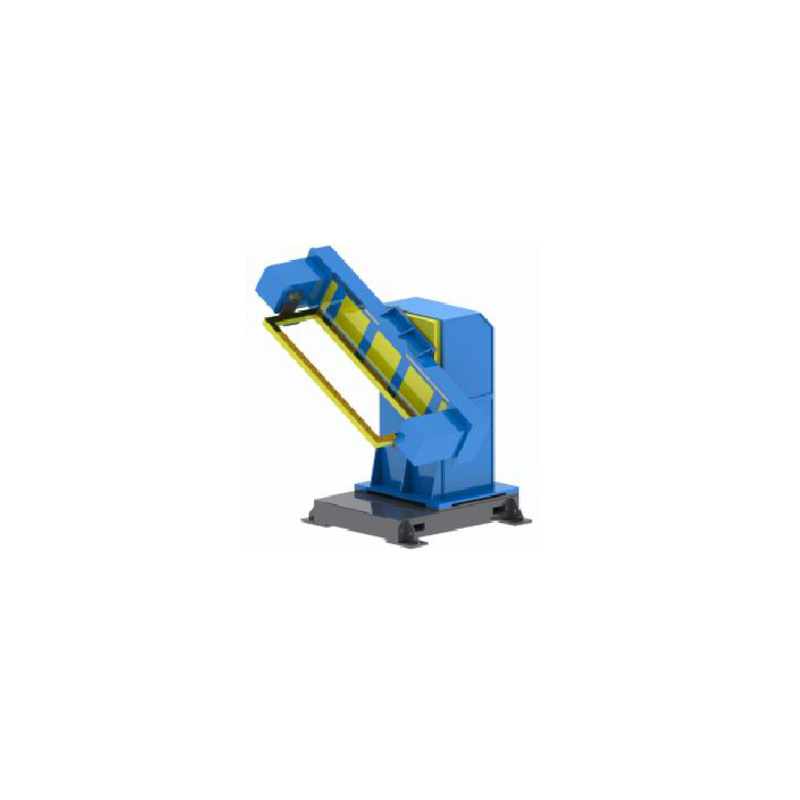
Conclusion: The Advantages of Using Gear motors in Welding positioners
In conclusion, for firms looking to increase production, the incorporation of gear motors into welding positioners is revolutionary. Precise movement control guarantees reliable welds, minimizes the need for manual intervention, and boosts productivity. For best results, industries wishing to enhance their welding processes should think about purchasing welding positioners using gear motors. This connection provides a route to increased production, improved weld quality, and reduced operating costs by automating and delivering dependable performance.
